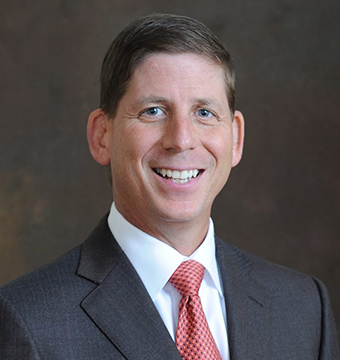Happy Thanksgiving! To honor this holiday, I thought I would provide some of the evidence behind gratitude, the grandaddy of giving thanks. As it turns out, gratitude is a key component to our Called to Care initiative that we have previously outlined. Admittedly, this post has an academic flavor to it!
Gratitude
Gratitude was incorporated into Called to Care primarily to help the practitioner remember how much it contributes to many facets of patient care, including positivity and empathy. Physical therapy is a serving profession, and several researchers have conceptualized gratitude as an emotion that is always directed towards appreciating the helpful actions of other people (McCullough, Kilpatrick, Emmons & Larson, 2001). Grateful people experience more positive emotions, have greater life satisfaction, and are more hopeful about the future compared to ungrateful people (Emmons & McCullough, 2003). Furthermore, highly grateful people are more empathetic, forgiving, and supportive, and less likely to be depressed, anxious, and jealous (McCullough, Tsang, & Emmons, 2004). When medical practitioners are grateful, it reaps substantial benefits for their patients that can likely influence clinical outcomes in a positive way.
Throughout history, many cultures have regarded the experience and expression of gratitude as beneficial for individuals and society, as evidenced by its inclusion as a character strength that has been valued across religions and philosophies for centuries (Peterson & Seligman, 2004). In addition, trait gratitude is one of the top three strengths that predicts subjective well-being (Park, Peterson, & Seligman, 2004). The research on gratitude suggests it is a key element for sparking positive change and is an important component of the good life (Bono, Emmons & McCullough, 2004). Not only is gratitude strongly associated with happiness, but experimental manipulations of gratitude have been shown to enhance well-being (Watkins, Van Gelder, & Frias, 2009) as well as creativity and problem solving–two keys to better clinical decision making (Estrada, Isen, & Young, 1994).
There have been many studies exploring the link between gratitude and well-being. For example, participants in one study were asked to write down five things for which they are grateful for once a week for ten weeks. A group was asked to list five daily hassles (Emmons & McCullough, 2003). The results were impressive: relative to the control group, the participants who expressed gratitude felt more optimistic and more satisfied with their lives. Even their health received a boost: they reported fewer physical symptoms (such as headache, acne, coughing or nausea) and more time spent exercising. A study of internet-based interventions showed that participants who were randomized to the three good things in life exercise (they were asked to write down three things that went well and their causes every night for a week) increased happiness and decreased depressive symptoms for six months (Seligman, Steen, Park & Peterson, 2005).
Seligman, Rashid and Parks (2006) showed the benefits of the blessings exercise in depressed patients. Human beings are naturally biased toward focusing on and remembering the negative, which is further exacerbated in depression. The aim of the blessings exercise is to re-focus the patients’ attention, memory, and expectations away from the negative and toward the positive. They theorize that the blessings exercise is effective because it counteracts a tendency toward hyperfocusing on negative events, which contributes to depression. Lyubomirsky (2007) describes the numerous ways gratitude boosts happiness: it promotes the savoring of life experiences, it bolsters self-worth, it helps people cope with stress and trauma, it encourages moral behavior, and it can help build social bonds. Gratitude as a Called to Care topic inures primary benefit to the participating physical therapists as opposed to patients, so encouraging them to participate in the three blessings exercise is an integral component of its curriculum.
Thanks to all of you the readers of this blog and our #physicaltherapy community. Have a great Gratitude Day!!
@physicaltherapy
citations are available on request.
